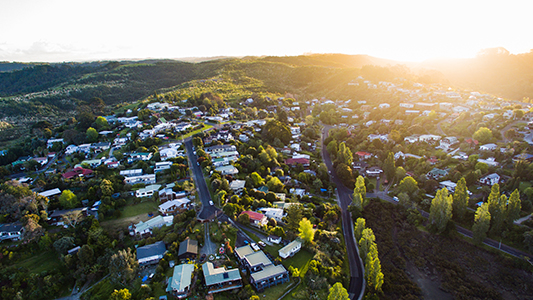INSIGHTS
WEEK IN REVIEW: 4 - 7 JUNE
Craigs Investment Partners Research Team, 7 June 2019
The local NZX 50 drifted lower this week. Index heavy-weight a2 Millk led the market lower, due to concerns about a new policy from the Chinese Government. The policy aims to increase market share for domestic infant milk-formula producers to a self-sufficiency rate of 60%.
Fletcher Building completes the sale of its Formica business. Fletcher Building has announced the sale of its Formica business for US$840 million. The completed sale will mean that the company will now account for only 11 months of earnings from the business. As a result, Fletcher Building updated its 2019 earnings guidance post the completion of the sale, lowering its guidance range from NZ$650-$700 million to $620-$650 million.
The latest Global Dairy Trade auction saw the headline index decline 3.4%. The average price achieved in the auction was US$3,423 per tonne, compared with US$3,414 per tonne two weeks ago. The price of whole milk powder fell by 1.5%, rennet casein (+4.2%) saw the largest gain in price, whilst Cheddar (-14.0%) and Butter (-10.3%) experienced the greatest price declines.
The latest Quotable Value House Price Index is up 2.3% for year. Residential House prices in New Zealand increased 2.3% for the year in May, compared to 6.9% a year ago. The index rose 0.1% in the three months to May, the average value of a property in New Zealand is now $686,954. Interestingly, value in Auckland fell by 2.1% on a year ago, to an average house price of $1,030,439.
The Reserve Bank of Australia (RBA) has decided to cut its Official Cash Rate by 25 basis points to 1.25%. On Tuesday, the RBA confirmed that it would cut the Official Cash Rate by 25 basis points to 1.25%, citing that the decision to lower the cash rate would help make further inroads into the spare capacity that exists in the economy. Governor Philip Lowe mentioned that the scenario in Australia is for the economy to grow by around 2.75% in 2019 and 2020, supported by increased investment in infrastructure and a pick up in the resources sector. One of the main domestic concerns remains a slowing growth in household consumption, which is a result of a long period of low-income growth and declining house prices.
Australian Gross Domestic Product (GDP) has slowed to 0.4%. The Australian Economy slowed to its lowest rate of growth in more than five years, at 0.4% for the first quarter of 2019. It brings the annual growth to 1.8% versus 2.4% in December. Household consumption slowed 0.3% for the last quarter. In addition, dwelling investment decreased 3.1% for the year to March.
European inflation cools to 1.2% in the year to May. Inflation across the Eurozone has taken a sharp fall to 1.2% annually, down from 1.7% the previous month and well below the European Central Bank’s target of 2%. Core inflation, which strips out volatile prices such as energy, fell to 0.8% in May, from the 1.3% figure in April.
Eurozone unemployment rate lowest in over a decade. The unemployment rate of 7.6% in the April is the lowest rate in over a decade, and is down from 7.7% in March. Compared with a year ago, a million fewer people are unemployed. Greece remains well above the Eurozone average, with the country’s rate siting at 18.5%.
The US Federal Reserve are prepared to respond to the Trump administration’s trade conflicts in order to protect the US economy. Speaking at a Federal Reserve conference in Chicago on Tuesday, Chairman Jerome H. Powell said the Fed is closely monitoring the trade developments, and will look to act when it is appropriate to sustain economic growth.



